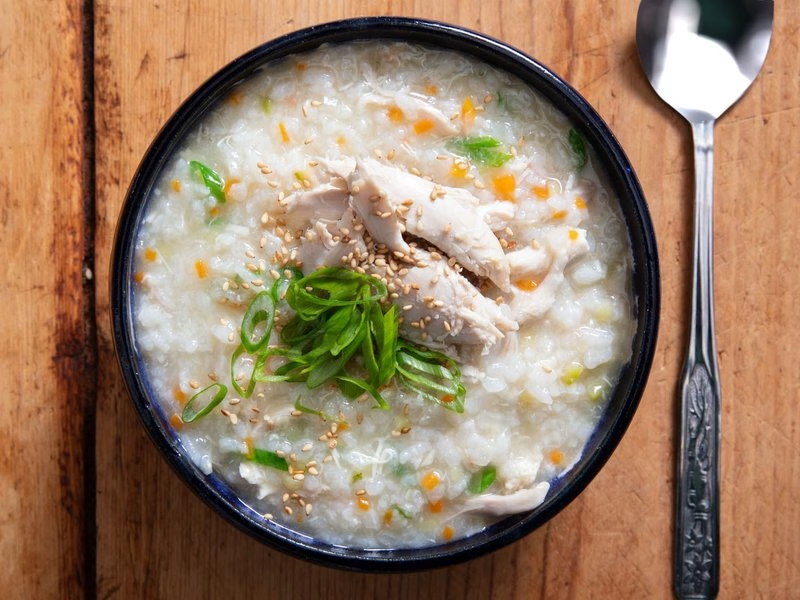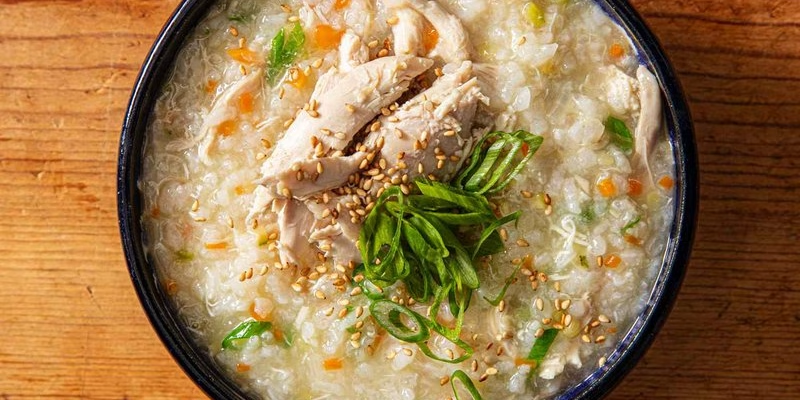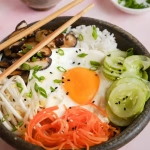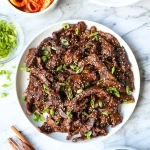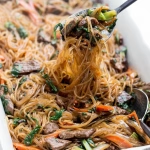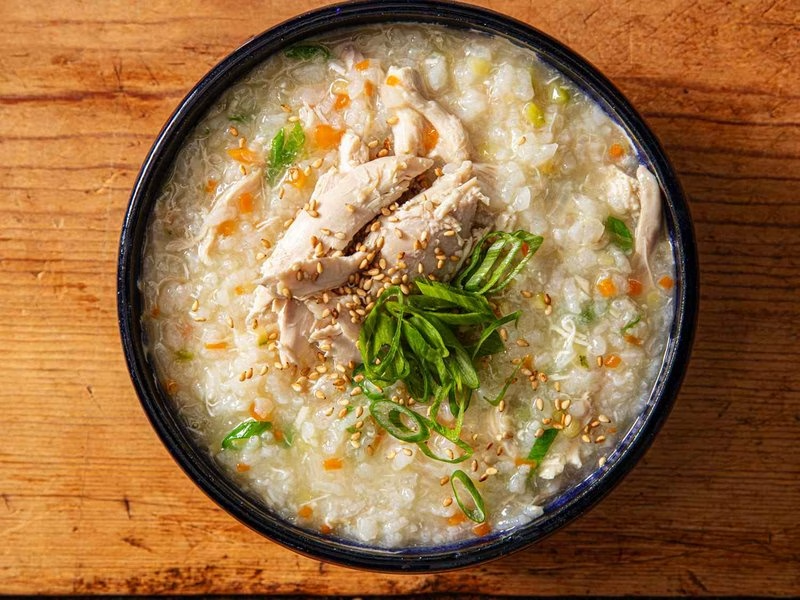
Korean Porridge, or juk, is a warm, soothing dish that has captured the hearts of food lovers around the globe. Born from humble beginnings, this versatile porridge is not just a breakfast staple in Korea but also a comforting cure that soothes the soul during cold winter days or when feeling under the weather. The beauty of Korean Porridge lies in its unique flavors and texture, which can be tailored to suit various tastes through a myriad of ingredients.
In this article, you’ll learn about the traditional ingredients used in Korean Porridge, how to make it at home from scratch, and even some creative variations. Whether you’re a seasoned cook or a beginner in the kitchen, this guide will equip you with everything you need to know to create the perfect bowl of Korean Porridge!
Ingredients
| Ingredient | Measurement | Description |
|---|---|---|
| Glutinous rice | 1 cup | *The star of the dish, glutinous rice creates a creamy texture that is essential for authentic Korean Porridge.* |
| Water or broth | 6-8 cups | *Using broth adds depth of flavor; chicken or vegetable broth is highly recommended for a richer taste.* |
| Salt | 1 tsp | *A pinch of salt enhances the natural flavors of the ingredients in your Korean Porridge.* |
| Fresh ginger | 1-inch piece, minced | *Ginger offers a warming spice that perfectly complements the soothing qualities of the porridge.* |
| Green onions | 2, sliced | *They add a refreshing crunch and a pop of color to your bowl of Korean Porridge.* |
| Sesame oil | 1 tbsp | *Drizzle some sesame oil at the end to infuse your porridge with a nutty aroma.* |
| Shredded chicken or tofu | 1 cup (optional) | *For added protein, incorporate shredded chicken or tofu; both options are delicious!* |
Step-by-Step Instructions
- Step 1: Prepare the Ingredients – Start by rinsing the glutinous rice under cold water until the water runs clear. Soaking the rice for about 30 minutes can enhance its texture when cooked, making your Korean Porridge even creamier.
- Step 2: Cook the Rice – In a pot, combine the soaked rice with 6 cups of water or broth. Bring it to a boil over high heat, then reduce the heat to low and cover it. Allow it to simmer for about 40-45 minutes, stirring occasionally to prevent sticking. The goal is to achieve a porridge-like consistency.
- Step 3: Add Flavor – Stir in the minced ginger and salt, adjusting to taste. If you’re adding shredded chicken or tofu, now is the time to incorporate it into the pot. Allow everything to cook for another 10 minutes, letting the flavors meld beautifully.
- Step 4: Serve with Garnishes – Once your porridge reaches the desired consistency, remove it from heat. Serve it hot, drizzling with sesame oil and garnishing with sliced green onions. Feel free to get creative with toppings, like chopped nuts or your favorite Korean kimchi.
Pro Tips
- Add a splash of soy sauce for a savory twist that complements the flavors of Korean Porridge.
- Experiment with different ingredients like pumpkin or sweet potato for seasonal variations.
- If you prefer a thinner porridge, don’t hesitate to add more water or broth during cooking.
- For enhanced aromatics, try adding a couple of dried shiitake mushrooms while simmering the rice.
- Storing leftovers? Let the porridge cool completely before placing it in an airtight container in the refrigerator. It can last up to 3 days!
Nutritional Information
| Nutrient | Per Serving |
|---|---|
| Calories | 250 |
| Protein | 6g |
| Carbohydrates | 50g |
| Saturated Fats | 0g |
| Fiber | 1g |
| Cholesterol | 0mg |
| Sugars | 1g |
| Fat | 1g |
FAQs
What is the best way to store Korean Porridge?
Korean Porridge can be stored in an airtight container in the refrigerator for up to 3 days. Just reheat it gently with a little added water to bring back the creamy texture.
Can Korean Porridge be made vegan or gluten-free?
Absolutely! To make it vegan, simply skip the chicken and use vegetable broth. For a gluten-free version, ensure you are using gluten-free certified glutinous rice or substitute with quinoa.
What are the best side dishes to serve with Korean Porridge?
Korean Porridge pairs wonderfully with side dishes like kimchi, pickled vegetables, or even some steamed greens to add a fresh touch.
How long does it take to prepare Korean Porridge?
Including soaking time, you can expect to spend about an hour preparing Korean Porridge from start to finish.
Can I freeze Korean Porridge for later?
Yes! You can freeze Korean Porridge in portions. When ready to eat, simply thaw and reheat, adding a bit of water or broth to regain its creamy consistency.
What are some popular variations of Korean Porridge?
Some popular variations include abalone juk, made with abalone, and mugwort juk, which incorporates the unique flavor of mugwort. You can even make sweet versions with red beans and sugar!
How do I make my Korean Porridge thicker?
If you prefer a thicker porridge, allow it to simmer longer without a lid, stirring occasionally to prevent burning.
Is Korean Porridge healthy?
Yes! Korean Porridge is generally healthy, made with wholesome ingredients like rice, vegetables, and proteins. It is low in fat and cholesterol-free, making it a great option for a nutritious meal.
Now that you’ve got the secrets to making delicious Korean Porridge, it’s time to dive in and create your own comforting bowl! With its rich flavors and endless variations, Korean Porridge is not just food; it’s an experience that warms the heart. Give this easy recipe a try, and don’t forget to share your thoughts with us. What toppings did you choose? Did you make any exciting variations? Tried this Korean Porridge recipe? Let us know your experience in the comments!
